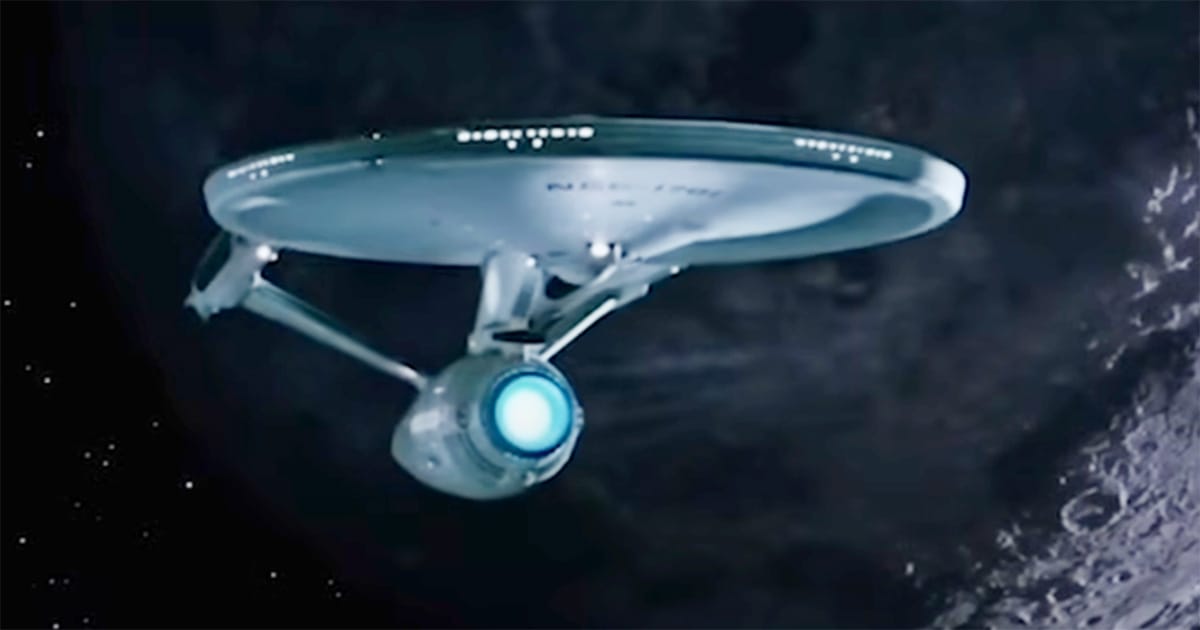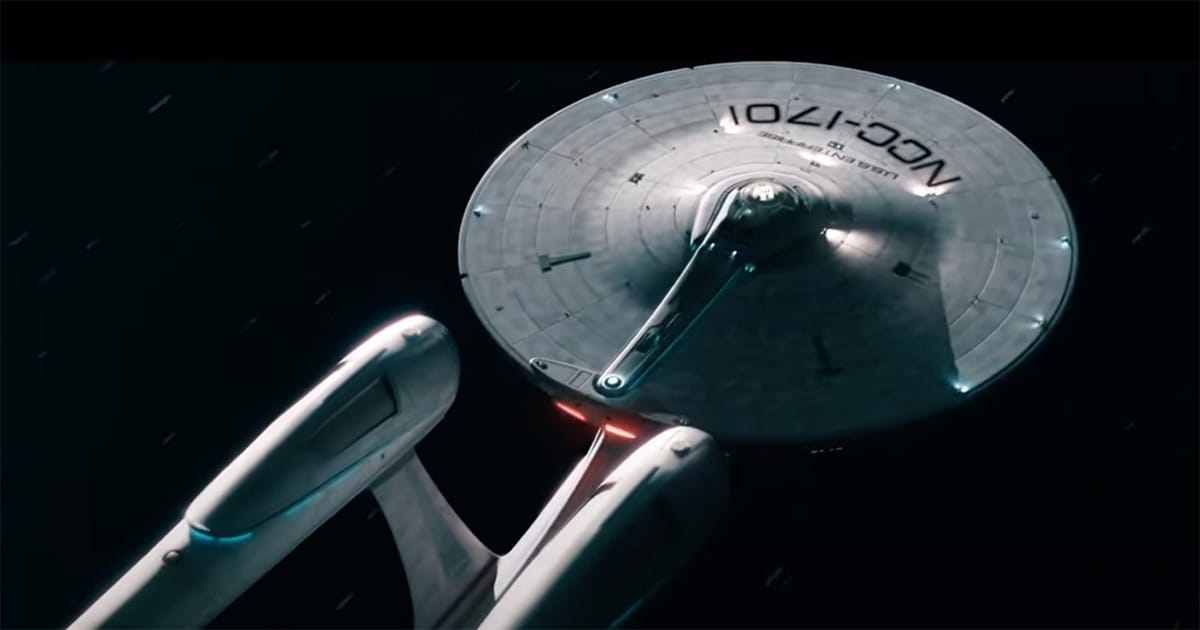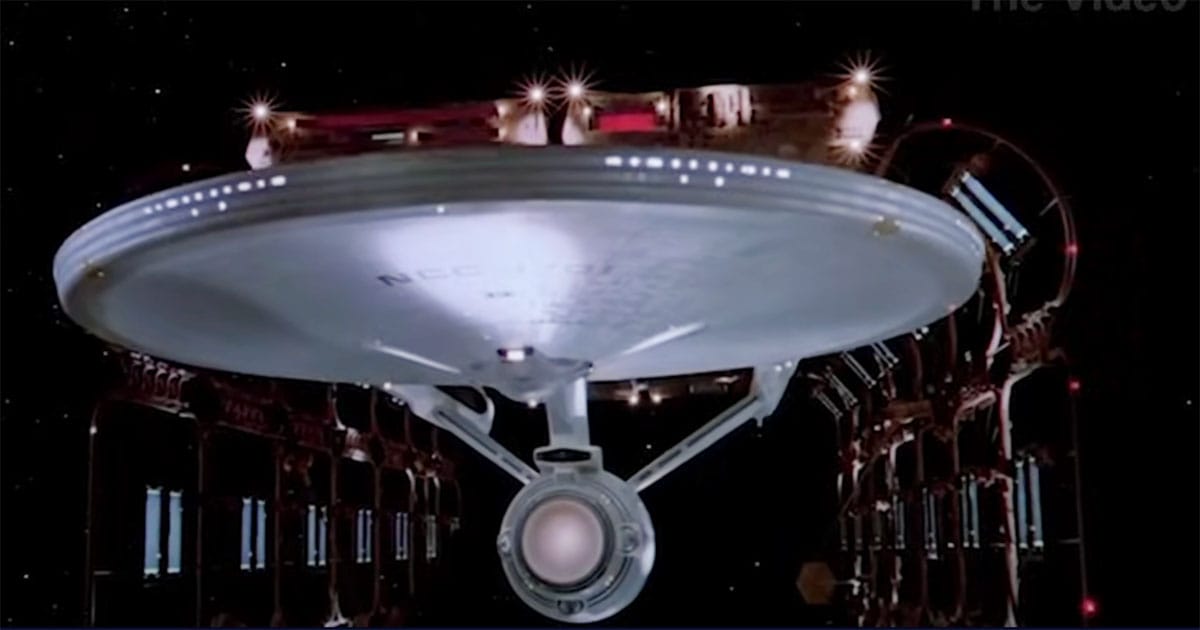Why the Enterprise Is the True Heart of "Star Trek"
The U.S.S. Enterprise was more than a starship in "Star Trek: The Original Series"—it was the heart of the show, embodying its ideals and giving fans a constant in a galaxy of change.

The Star Beyond the Stars
When "Star Trek: The Original Series" first aired in 1966, it offered more than colorful uniforms and strange new worlds. It presented a future anchored by discipline, purpose, and moral clarity. At the center of that vision was not only Kirk and Spock but the U.S.S. Enterprise.
The Enterprise was more than a starship. She was the setting, the symbol, and the ever-present partner in every episode. While other science fiction stories shifted from planet to planet, the Enterprise gave "Star Trek" its structure and soul.
For many viewers, the ship became a kind of home. She did not just carry the crew between missions. She carried the hopes and ideals that defined the series. In a show built on bold exploration, the Enterprise was the most enduring character of all.
A Home in the Stars – The Narrative Function of the Enterprise
In the shifting landscape of "Star Trek," the Enterprise provided the one element that never changed. Each week brought a new planet, alien culture, or ethical dilemma, but the ship remained steady. It served not only as a setting but as a narrative anchor.

The bridge, sickbay, engineering, and transporter room were more than sets. They were familiar touchpoints that gave the show its rhythm. Fans came to know their layout, their sounds, and their role in each unfolding drama.
This consistency made the Enterprise feel like a home. It was the place where the crew returned after every encounter with the unknown. The ship's presence grounded the series, allowing it to explore extraordinary ideas while maintaining a sense of continuity.
Most science fiction shows of the 1960s and 1970s relied on wandering protagonists or shifting base camps. In contrast, "Star Trek" gave its audience a fixed point in a galaxy of change. That choice made the Enterprise not just a ship, but the very foundation of the series.
Designed to Endure – The Look, Feel, and Sound of the Enterprise
The design of the Enterprise was unlike anything seen on television at the time. Matt Jefferies created a vessel that looked both functional and futuristic. With its saucer section, twin nacelles, and clean lines, the ship projected a quiet confidence that matched the tone of the series.

Inside, the ship felt lived in. The red-alert klaxons, the low hum of the engines, and the chirps of the control panels gave the ship its own sonic identity. These details became a kind of language, instantly recognizable to fans.
The interiors reflected a world of order and purpose. The bridge was laid out with intention, reinforcing the military structure of the crew. Jefferies' use of color and lighting made the ship seem practical, not flashy.
What mattered most was that the ship looked like it could work. It suggested movement, power, and design rooted in logic. That credibility helped viewers believe in the world of "Star Trek."
The silhouette of the Enterprise would go on to influence starship designs in everything from "Battlestar Galactica" to real NASA concept art. Its clean geometry became the blueprint for futuristic credibility. Even today, it remains one of the most recognized shapes in science fiction.
Stakes in Steel – The Emotional Weight of the Ship
The Enterprise was not just a place of comfort. She was often in danger, and when the ship was threatened, the emotional stakes rose sharply. Episodes like "The Doomsday Machine" and "The Tholian Web" showed how much the ship meant to the crew and to the audience.

In "Balance of Terror," the tension was not just about Romulan strategy. It was about whether the Enterprise could withstand the trial. Viewers worried about her survival the same way they worried about her captain.
That sense of risk gave the ship emotional weight. When the hull was breached, or the engines failed, it felt personal. The crew fought for the Enterprise as they would for a comrade.
When the ship listed under enemy fire or sparked from internal damage, fans felt it. The Enterprise seemed to flinch like a wounded friend. That emotional connection made the danger real.
Destroying the ship was never treated lightly. Even in later films, the loss of the Enterprise carried the weight of sacrifice. It showed just how deeply she had become part of the story.
The Spirit of the Series – Why the Enterprise Still Matters
More than fifty years after her first voyage, the Enterprise remains the most enduring symbol of "Star Trek." She represents exploration without conquest, strength without arrogance, and technology in service of human ideals. Her mission was not to dominate space, but to understand it.

Unlike other science fiction vessels built for war or commerce, the Enterprise was designed for peaceful discovery. She was a ship of principles. Every mission she undertook was a step toward something better.
That vision still resonates. In an age of shifting values and uncertain futures, the Enterprise reminds us that stability and virtue are not outdated—they are essential. She is not just a part of the past. She is a guide to what science fiction, and perhaps even civilization, should aim to become.
Model kits, blueprints, and a full restoration of the original shooting model at the Smithsonian all testify to the public's lasting affection. No other fictional vehicle has received such reverence. The Enterprise endures because she represents what is best in us—steady, capable, and always ready to go boldly.

